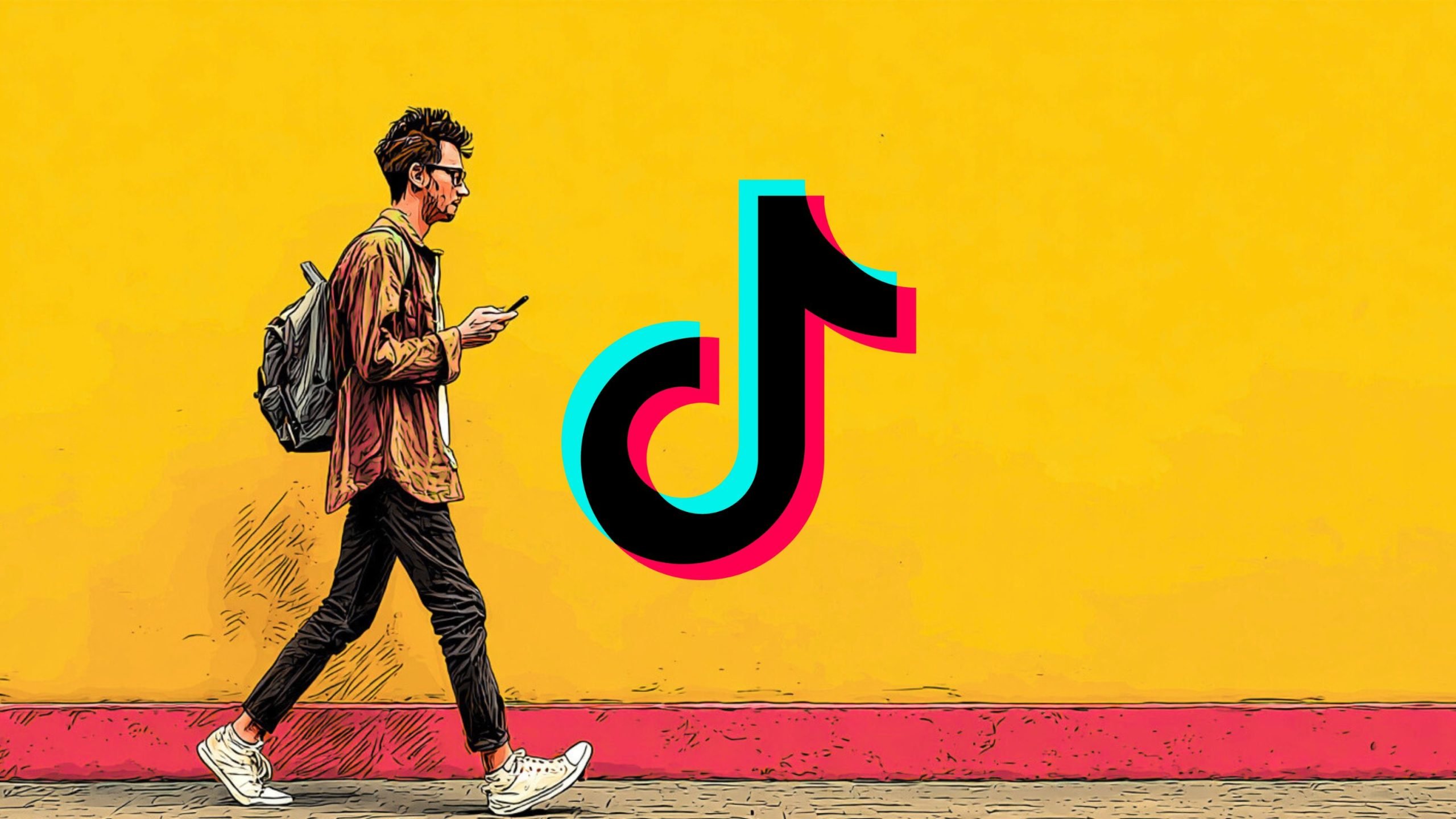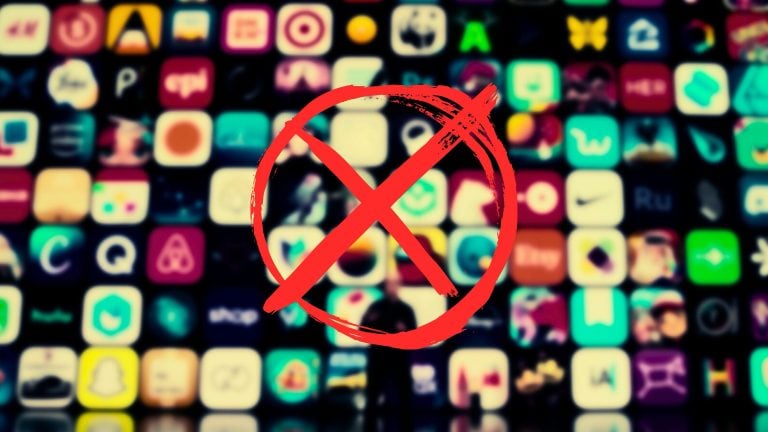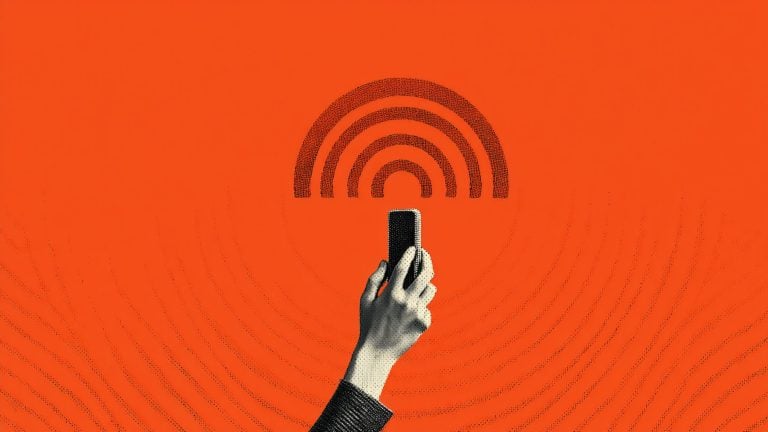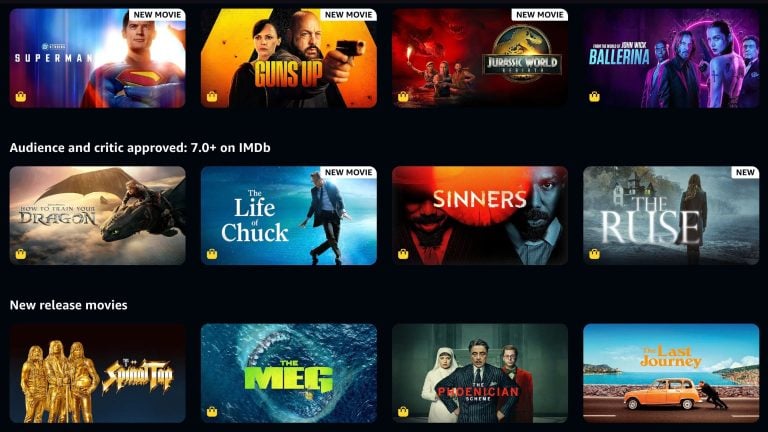A New Hampshire court’s decision to allow most of the state’s lawsuit against TikTok to proceed is now raising fresh concerns for those who see growing legal pressure on platforms as a gateway to government-driven interference.
The case, brought under the pretext of safeguarding children’s mental health, could pave the way for aggressive regulation of platform design and algorithmic structures in the name of safety, with implications for free expression online.
Judge John Kissinger of the Merrimack County Superior Court rejected TikTok’s attempt to dismiss the majority of the claims.
We obtained a copy of the opinion for you here.
While one count involving geographic misrepresentation was removed, the ruling upheld core arguments that focus on the platform’s design and its alleged impact on youth mental health.
The court ruled that TikTok is not entitled to protections under the First Amendment or Section 230 of the Communications Decency Act for those claims.
“The State’s claims are based on the App’s alleged defective and dangerous features, not the information contained therein,” Kissinger wrote. “Accordingly, the State’s product liability claim is based on the harm caused by the product: TikTok itself.”
This ruling rests on the idea that TikTok’s recommendation engines, user interface, and behavioral prompts function not as speech but as product features.
As a result, the lawsuit can proceed under a theory of product liability, potentially allowing the government to compel platforms to alter their design choices based on perceived risks.
Kissinger noted that “TTI [TikTok Inc.] has a duty to design a reasonably safe product. The State alleges that it failed this duty.”
That legal framing has many implications. If more courts adopt this reasoning, governments could begin targeting algorithms and other content delivery systems with claims that these features are inherently dangerous.
Once platform design is treated as a safety issue rather than a speech issue, it becomes easier for legislators or regulators to justify interventions that affect what users can see, access, or share.
New Hampshire’s complaint includes claims that TikTok uses specific design techniques to manipulate behavior, especially among minors.
The court pointed to allegations that TikTok’s interface and functionality “exploit children’s underdeveloped psychological and neurological controls to compel them to spend more time” and that these features “deliberately alter the physical brain chemistry” of young users.
The state asserts that addictive design elements such as infinite scroll, targeted notifications, appearance-altering filters, and algorithmically driven video recommendations are crafted to keep young users hooked.
According to the ruling, the complaint emphasizes that TikTok’s features lead to “addiction, FOMO [Fear of Missing Out], and other psychological effects” and that this is “independent from its role as a publisher of third-party content.”
This is where the danger to digital freedom becomes more visible. Framing these engagement mechanisms as harmful products allows regulators to sidestep traditional speech protections. It transforms subjective definitions of “harm” into a justification for redesigning or limiting the scope of online experiences.
The court dismissed TikTok’s First Amendment defense, stating clearly that “The First Amendment does not bar the State’s duty to warn claims based on dangers allegedly created by Defendants in the operation of their platforms.”
Kissinger also rejected the company’s argument that the alleged harm was reasonably avoidable by users. “It is not whether New Hampshire children could have avoided the alleged harm by never downloading and signing up for TikTok. It is whether they could have avoided the harms posed by prolonged and obsessive use of the App, which, as alleged by the State, TTI induces them into with addictive design features,” he wrote.
If platforms can be held liable for designing products that users choose to engage with, and if that liability is tied not to specific content but to the structure of the interface itself, then courts are essentially authorizing regulatory control over how platforms function.
This could extend to how algorithms deliver information, how content is recommended, and how interfaces are designed to encourage interaction.
According to the court, TikTok’s presence in New Hampshire is extensive. The app has more than 1.2 million registered accounts in the state, including over 92,000 users between the ages of 13 and 17. The state’s lawsuit connects the platform’s rise in popularity with a documented decline in youth mental health.
TikTok’s internal research, cited in the complaint, allegedly acknowledges the risks of some of its features.
For instance, the company noted that beauty filters have a “high risk of harming U18 users” and admitted that time management tools like the “Take a Break” feature are largely ineffective, with only 12 percent of users closing the app within five minutes of the reminder and 55 percent remaining on it for over 45 minutes.
TikTok has previously responded to these and other lawsuits by stating that it “strongly” disagrees with the allegations.
In October 2024, spokesperson Michael Hughes said the company is “deeply committed to the work we’ve done to protect teens” and highlighted tools such as default screen time limits and family pairing options.
Still, the court’s endorsement of New Hampshire’s claims may accelerate a national trend in which states aim to control what platforms are allowed to present, not through censorship laws directly, but through so-called safety-based regulations.
This reframing, where algorithmic suggestions and design features are treated as harmful products, threatens to erode the foundational legal protections that have allowed the internet to remain open and diverse.
The logic behind this case, if adopted more widely, could allow states to pressure platforms into sanitizing or constraining the content delivery experience, all in the name of public health. What is being called “safety” may soon become the pretext for structural censorship at the level of design itself.








